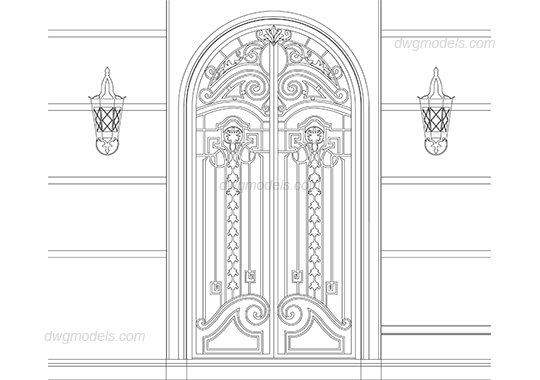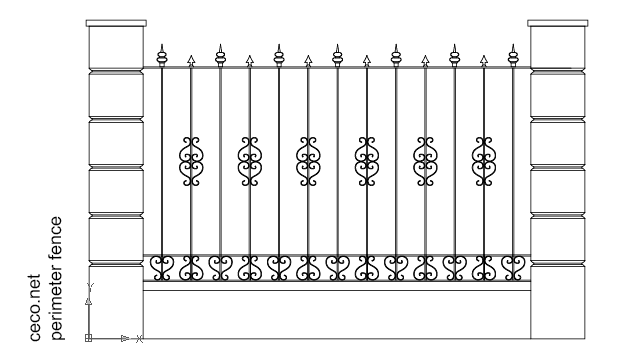
Mackintosh contrasted the geometric shapes with organic decorations, including a stylised rose that was stencilled onto walls and fabrics. The gridded motif recurs in furniture including a cube-shaped table designed for the drawing room, and the iconic ladderback chairs that create a bold contrast against the pale walls of the bedroom. Several iconic decorative motifs now synonymous with Mackintosh are found throughout the interior, including chequered forms often resulting from intersecting vertical and horizontal wooden elements. Mackintosh and his wife, artist Margaret MacDonald, created almost every element of the house, from the architecture to the furniture The feminine and delicate design of the bedroom features walls painted ivory white, which were hung with embroidered panels of dreaming women.

These stark, bright and spacious rooms made the most of the available natural light and were extremely novel at the time.

In contrast, the drawing room and master bedroom are examples of the white rooms that Mackintosh became renowned for. The timber panelling is embellished with pieces of coloured glass and stencilled organic motifs. The hall and library are typically masculine spaces, defined by the use of strong, geometric lines and dark wood. The feminine and delicate design of the bedroom features walls painted ivory white Mackintosh collaborated with his wife, the artist Margaret MacDonald, to create almost every element of the house, from the architecture to the furniture, fireplaces, lighting and textiles.īlackie could not afford to complete the interior entirely according to Mackintosh’s designs, so the architect focused on the principal spaces of the hallway, library, master bedroom and drawing room. The building displays typical Mackintosh influences, with a robust exterior referencing Scottish vernacular architecture, contrasting with a highly ornamental interior, featuring oriental themes alongside art-nouveau and art-deco details. Walter Blackie himself said: “Not until we had decided on these inside arrangements did he submit drawings of the elevations.” In contrast with the dark, masculine hallway and library, the drawing room is an example of the white rooms that Mackintosh became renowned for Mackintosh believed that to design a home properly he had to understand the needs of its occupants, so he spent a great deal of time with the Blackie family during the project’s initial stage to ensure his proposal suited their lifestyle. Photo courtesy of National Trust Scotland

Hill House has a highly ornamental interior, featuring oriental themes alongside art-nouveau and art-deco details. Located in Helensburgh, around 40 kilometres northwest of Glasgow, the project was commissioned by publisher Walter Blackie. Hill House exemplifies Mackintosh’s approach to combining traditional Scottish values with modern international ideas. First up is Hill House in Helensburgh, widely recognised as the Scottish architect’s most important residential work.

To mark 150 years since the birth of Charles Rennie Mackintosh, we’re looking back at five influential projects that defined his career.


 0 kommentar(er)
0 kommentar(er)
